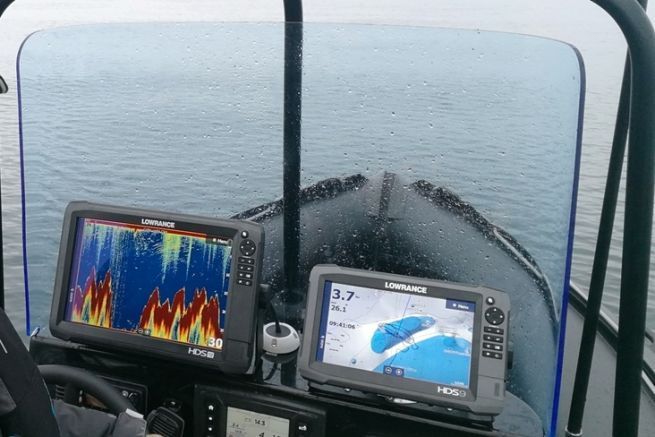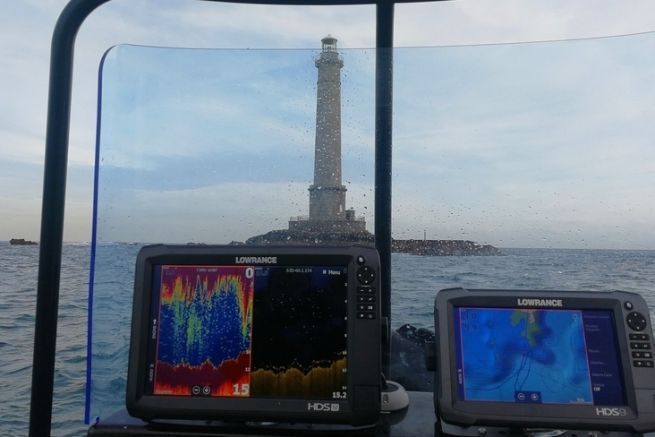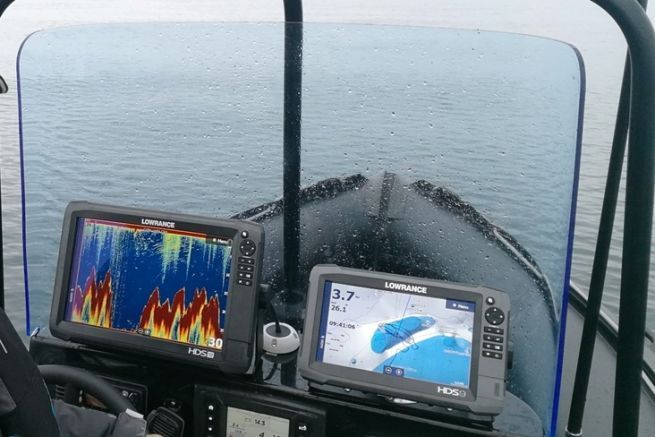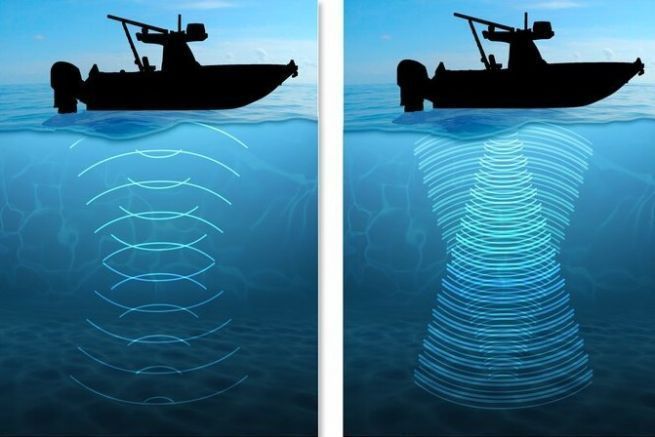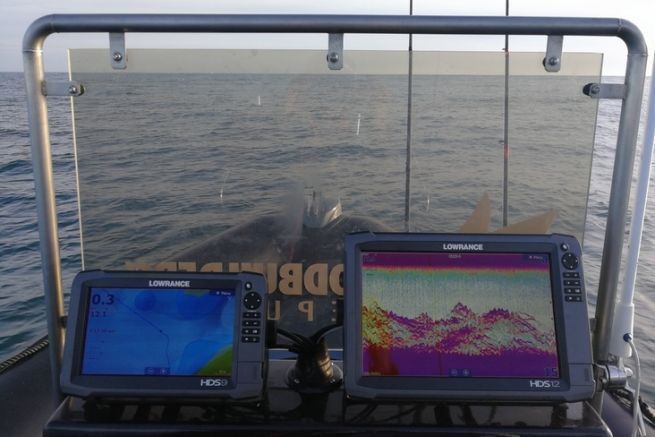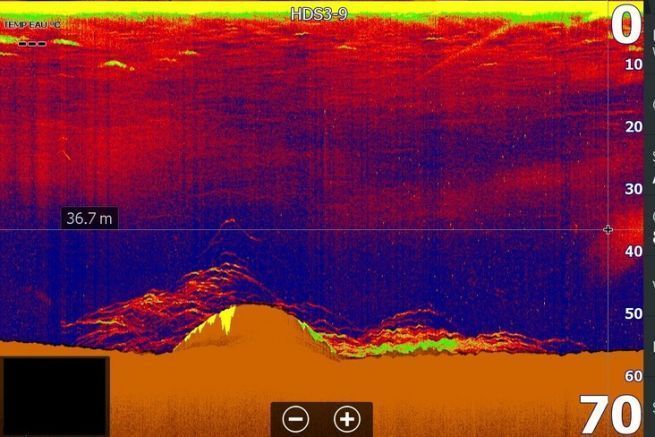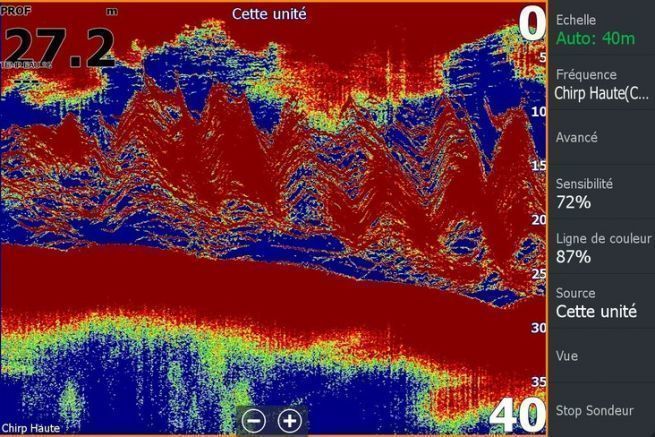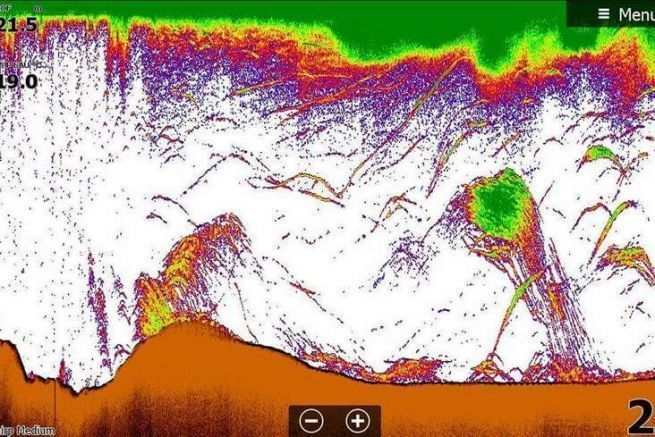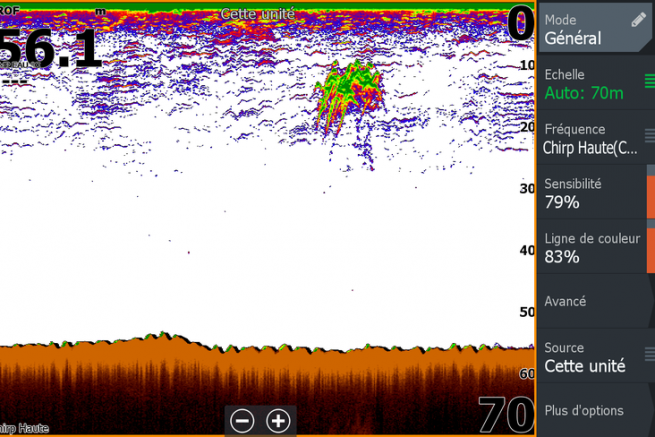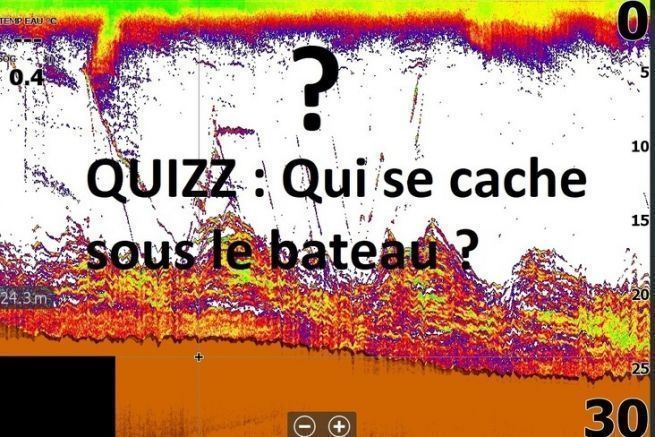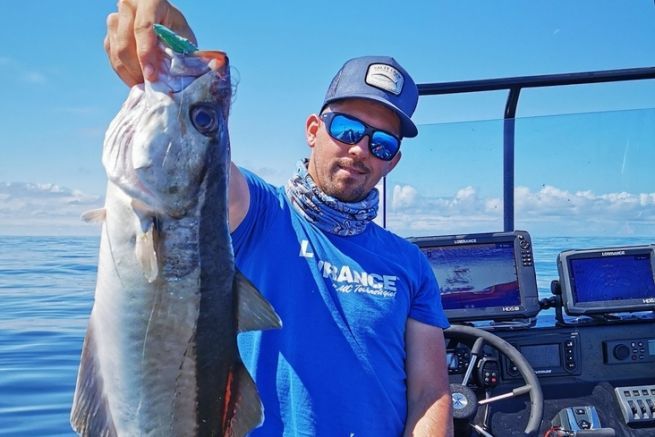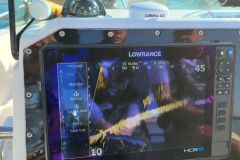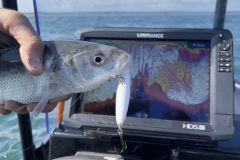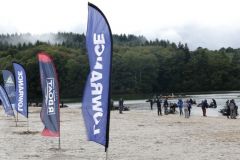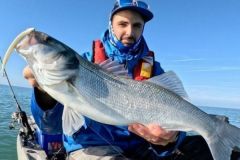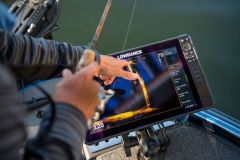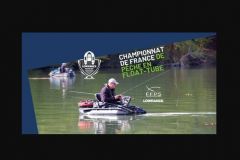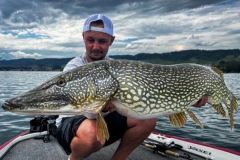When you use your fishfinder in 2D mode, you'll have a choice of frequencies. In most cases, you'll have a choice of 200 kHz, 83 kHz or 50 kHz.
Each of these frequencies has its own particular appeal and should be used according to the type of fishing you do. Understanding the use of your sonar's frequencies will allow you to optimize its use and be more effective in fishing.
2D operation
The 2D view is undoubtedly the one that will provide you with the most information, provided that you succeed in sorting out the real echoes and parasites. It operates by sending a vertical downward pulse at a set frequency. The return of this pulse is then analyzed by the sonar module of your handset and you will get a transcript of the bottom.
The detection cone, i.e. the area analyzed and covered by the wave, will depend on the frequency used.
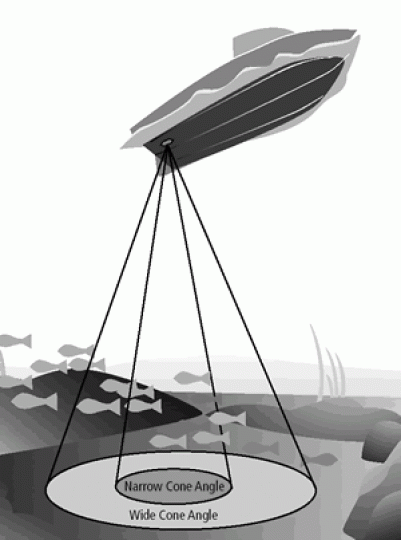
Which frequency for which use?
Remember, the 3 main frequencies are 200, 83 and 50 kHz.
The probes used in today's fishfinders are dual-frequency. You can choose between a 83/200 kHz and 50/200 kHz transducer.
- The 200 kHz beam is designed to target what's under the boat. Its narrow cone of detection (about 20°) does not allow you to survey the surrounding area, but it will help you to sound right under the boat. To calculate the size of the cone, simply divide the depth by 3. Example: with my 200 kHz transducer, at a depth of 30 meters, the detection cone is 10 meters in diameter.
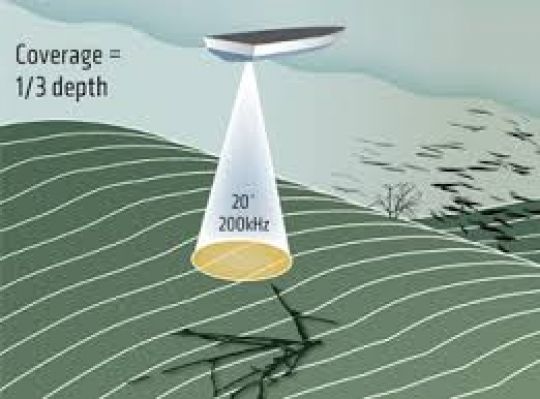
- The 83 kHz beam will give you a wider image of the background. Its 60° angle allows you to cover areas not visible at 200 kHz. This angle is useful for searching for fish, but will give you a less accurate picture of the underwater terrain. To optimize this, the Dual-Beam transducers allow you to use both beams simultaneously. This gives you accurate bottom information from the 200 kHz beam, but also a broader detection of fish.
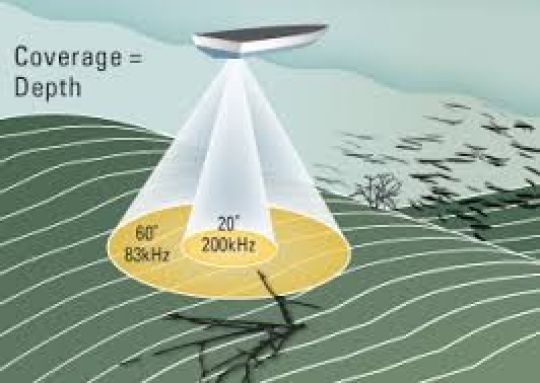
- The probes with a 50 kHz beam are dedicated to deep fishing, beyond 100m. The main advantage of this frequency is that it loses little power in order to reach great depths, but this is at the expense of the quality of the definition.
What use in fishing?
For use in fresh or salt water in shallow water (less than 10m deep), a wide cone is required to cover the maximum area. The 83 kHz frequency will be perfectly adapted.
For a mixed use and in order to have a refined image and to be able to see the descent of the lure on the sounder, the 200 kHz frequency is recommended. This is the frequency I use when fishing vertically. The vision of the lure on the sounder screen allows me to better manage the fishing depth of the lure and thus limit the hook and locate me in relation to the area of fish activity.
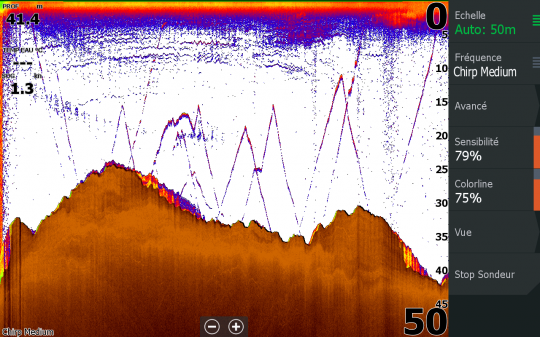
Finally, for deep use, around 100m and more, choose the 50 kHz frequency.
To help you interpret the coverage area of your sonar unit, the table below shows the cone diameters.
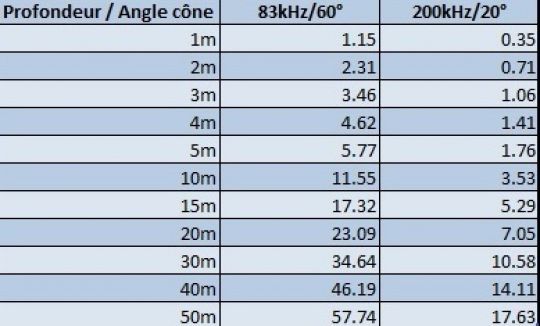
What about CHIRP?
I had not discussed this subject until now and will do so in an article dedicated to this feature. A probe that transmits in CHIRP does not transmit on a single frequency but on a range of frequencies. Its interest is to offer a wider coverage without shadow zone. We will see this in the next article.

 /
/ 